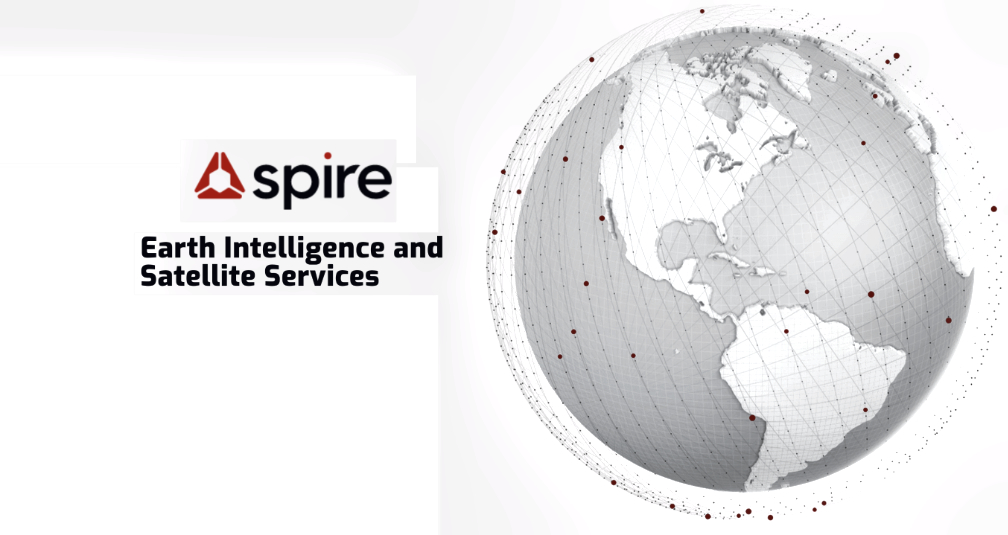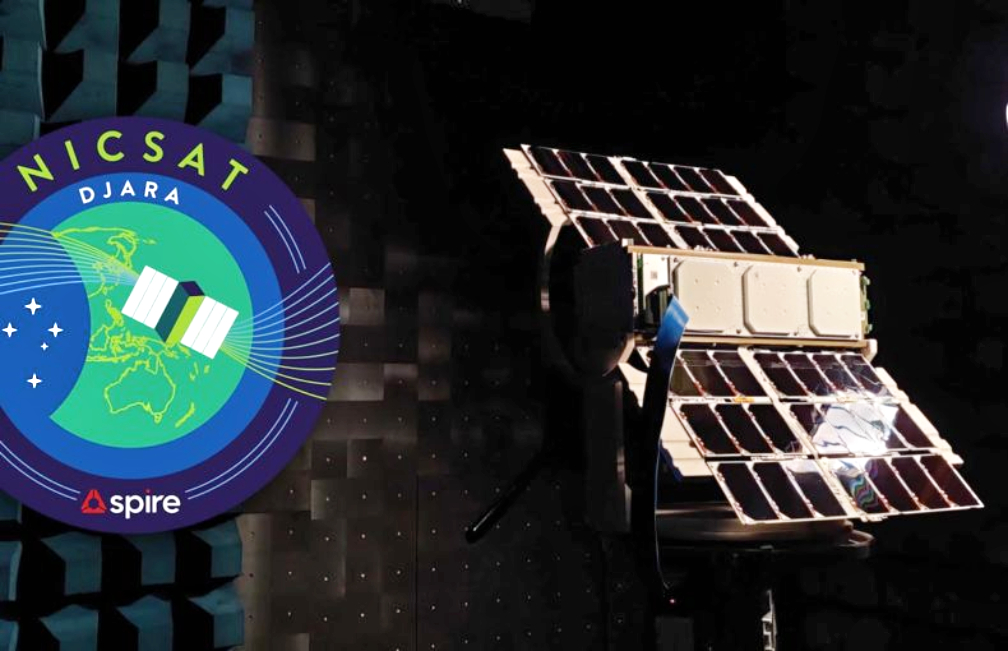

Spire Global, Inc. (NYSE: SPIR) is now engaged in a partnership with Dragonfly Aerospace to support the Australian Government’s Office of National Intelligence (ONI) with a second satellite as a part of its ongoing National Intelligence Community Satellite (NICSAT) program.

The follow-up program, NICSAT2, will witness Spire designing, building, and launching the company’s Low Earth Multi-Use Receiver (LEMUR), a 6U smallsat platform, with the capability of on-board computing and processing of machine learning and artificial intelligence across multi-modal data. Dragonfly Aerospace will provide a high-performance Gecko camera using its proprietary space-proven electronics and ruggedized optics for an easy-to-integrate imaging solution for the satellite.

The Australian National Intelligence Community (NIC) launched the NICSAT program to experiment with commercial satellite technologies, including the on-board application of advanced machine learning capabilities on smallsats, such as those manufactured by Spire. In keeping with its predecessor, NICSAT2 will be managed by ONI and focused on the application and use of miniaturized satellite systems, especially in regard to machine learning. Both programs are unclassified science and technology programs, focused on innovative engineering and research that aim to utilize commercial satellites to improve data collection and analysis.
With the large influx of data sent to Earth, corporations, governments, and other organizations increasingly need advanced systems and processes to efficiently understand the data received. Artificial Intelligence (AI)-assisted processing within satellites allows operators to unburden ground stations and other infrastructure and focus resources on analyzing mission-critical information in space. ONI recognizes the potential application of semi-supervised or unsupervised learning methods for in orbit autonomous machine learning to, amongst other things, enable autonomous sensor operations, speed analytics and data processing, reduce downlink requirements, and better enable human analysts.
Spire previously worked on the NICSAT program’s first satellite, Djara, last year. The mission focus of Djara is to conduct experiments with systems that enable the on-orbit collection and analysis of data including commercially available sensors and technologies such as Field Programmable Gate Arrays (FPGAs) and Machine Learning (ML) systems on a chip. The satellite went from concept to launch in just six months and to full operation in just nine months. Djara collects and processes data on orbit and then leverages Spire’s cloud infrastructure to downlink, further process, and analyze data.
NICSAT2 was successfully launched aboard the SpaceX Transporter-3 mission on January 13th, 2022.
“The success of Djara and the NICSAT program show the significant value of small satellites for rapid deployment of leading-edge innovations and on-orbit data analysis,” said Theresa Condor, Chief Operating Officer at Spire Global. “With our continued work on NICSAT2, Spire and Dragonfly Aerospace reaffirm the importance of public-private partnerships for dual-use space technologies.”
“Dragonfly Aerospace’s Gecko camera will elevate the satellite’s imaging capabilities and improve the image quality sent back to the ONI,” said Bryan Dean, CEO of Dragonfly Aerospace. “Spire’s proven success with NICSAT made them an ideal partner to continue to support the Australian government and we look forward to working together.”
Spire (NYSE: SPIR) is a global provider of space-based data, analytics, and space services, offering access to unique datasets and powerful insights about Earth from the ultimate vantage point so that organizations can make decisions with confidence, accuracy, and speed. Spire uses one of the world’s largest multi-purpose satellite constellations to source hard to acquire, valuable data and enriches it with predictive solutions. Spire then provides this data as a subscription to organizations around the world so they can improve business operations, decrease their environmental footprint, deploy resources for growth and competitive advantage, and mitigate risk. Spire gives commercial and government organizations the competitive advantage they seek to innovate and solve some of the world’s toughest problems with insights from space. Spire has offices in San Francisco, Boulder, Washington DC, Ontario, Glasgow, Luxembourg, and Singapore.
Dragonfly Aerospace designs and builds compact high-performance imaging payloads and microsatellites which enable large imaging constellations that provide persistent views of the Earth in a wide range of spectrums giving unprecedented business intelligence and improving the lives of people around the world. Dragonfly Aerospace satellites and payloads are based on a 25-year heritage of components and design approach dating back to the first South African smallsat, SUNSAT, launched in 1999. Members of our team have worked on every microsatellite space mission since South Africa entered the space race more than 40 years ago.
